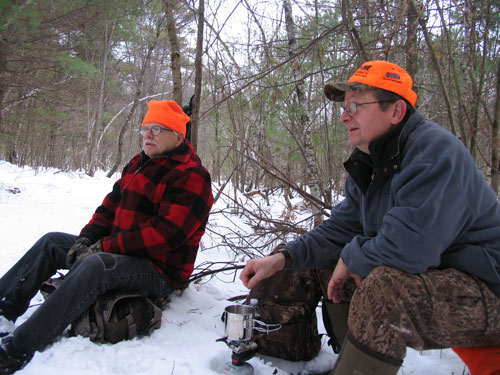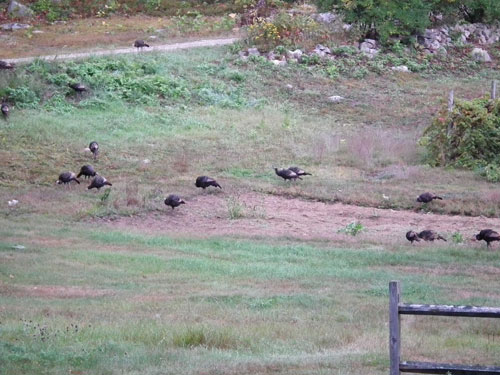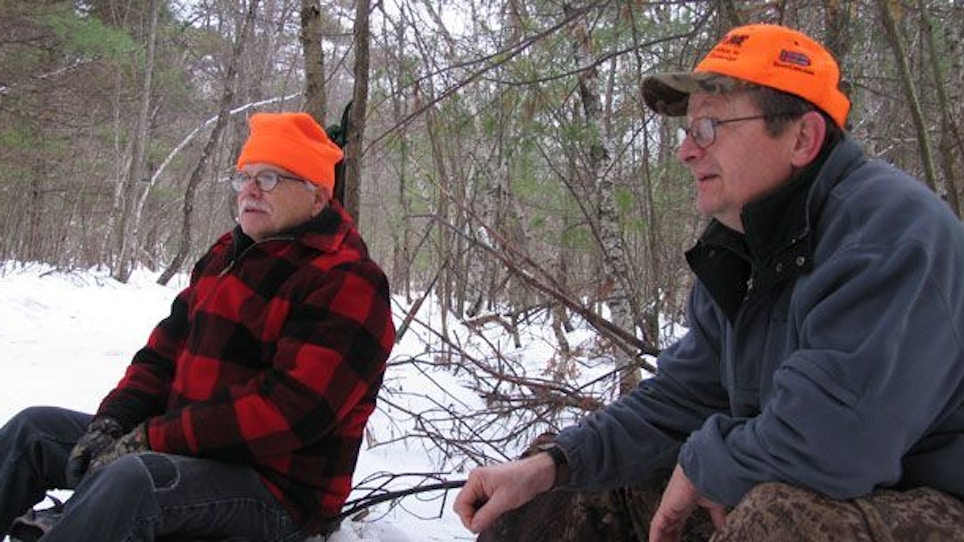Previously: Leasing For The Little Guy, Part 1
Establishing Terms
 When negotiating a new lease, both parties should understand that a good deal of work and expense is going to be incurred — habitat improvement is not easy or cheap. For this reason, it’s important to establish lease term limits from the outset. Annual leases should be avoided. You could spend two or three summers making major improvements to a property and then have the landowner refuse to sign the renewal, effectively taking advantage of all your hard work. Whenever possible, ask for a long-term lease of five or 10 years. This will give you a chance to get your work done and time to enjoy the fruits of your labor before the farm is sold, transferred or turned into a parking lot. In the long run the landowner holds the final ace, and many a productive lease has been lost to “progress.” I once had a 900-acre lease that contained some of the best deer and rabbit hunting I’ve ever seen. For about 15 years it was a hunter’s haven, but the landowner eventually sold out and the place is now littered with $500,000 homes and more posted signs than the number of rabbits I used to shoot there.
When negotiating a new lease, both parties should understand that a good deal of work and expense is going to be incurred — habitat improvement is not easy or cheap. For this reason, it’s important to establish lease term limits from the outset. Annual leases should be avoided. You could spend two or three summers making major improvements to a property and then have the landowner refuse to sign the renewal, effectively taking advantage of all your hard work. Whenever possible, ask for a long-term lease of five or 10 years. This will give you a chance to get your work done and time to enjoy the fruits of your labor before the farm is sold, transferred or turned into a parking lot. In the long run the landowner holds the final ace, and many a productive lease has been lost to “progress.” I once had a 900-acre lease that contained some of the best deer and rabbit hunting I’ve ever seen. For about 15 years it was a hunter’s haven, but the landowner eventually sold out and the place is now littered with $500,000 homes and more posted signs than the number of rabbits I used to shoot there.
Deciding Membership
One of the most important aspects of the small lease is club membership. In most cases three or four close friends channel their funds, energy and enthusiasm into a lease and do some great work for the first few seasons. As time goes on, they lose interest, run out of money or leave the area, in which case new members take over the project. It’s important to create a simple charter that spells out the rules of membership, what is expected of each member, how much dues will be and when they must be paid. Screen prospective members carefully, and don’t be tempted to include a member just because he has the money to join. Personality clashes are inevitable and conflicts over seniority, stand sites, guest policies and other issues will arise. It’s often best to elect a club captain or president who (all members must agree) will make the final decisions on the tough questions that will inevitably come up. Think long and hard about how you want your lease to work, and then make certain that it runs as smoothly as possible even after the original members have moved on.
Ideally, you’ll find a cooperative landowner who will allow club members to establish a base camp with gravel pads for trailers or tents; electricity and running water, outhouses or portable toilet units and other campground amenities. Most of this will be established at club expense, so be sure the property you lease is all you expect it to be. Over time you are going to sink a good deal of money into even the simplest of infrastructures.
Finally, no hunting lease is designed or expected to protect and benefit only the club members. Remember that there is a landowner in the mix. He will have the right to cancel any lease agreement if members become disruptive, destructive or cavalier about littering, careless shooting, and damage to fences, gates and other property, or if they are disrespectful to the landowner, his family or his property. A small farm lease agreement is a privilege, not a right, and all members should understand their role in keeping the lease going for as many years as possible.
Once you get the basic agreements out of the way, your group can start managing its new lease for maximum game production. There’s a lot to do and talk about if you want to be ready for next season, but that’s another story!
See page 2 for more.
Equipment Tips For Small Leases
 With your new hunting lease accepted and signed by all parties, it’s time to get to work. Often there will be gates and access roads to build, food plots to plant, management cutting, thinning, releasing and planting to do, a campground to establish and stands and blinds to place. Much of this will require ATVs, tractors, mowers, chainsaws, shovels, axes and other tools.
With your new hunting lease accepted and signed by all parties, it’s time to get to work. Often there will be gates and access roads to build, food plots to plant, management cutting, thinning, releasing and planting to do, a campground to establish and stands and blinds to place. Much of this will require ATVs, tractors, mowers, chainsaws, shovels, axes and other tools.
In most cases, the landowner might be able to provide equipment and expertise that can be of use in maintaining roads, establishing food plots and creating wildlife openings. Some landowners will perform the work for free or for the price of gas and oil, or they will allow knowledgeable club members to use their equipment. It is also possible to buy or rent equipment from local dealers. Club members can contribute to a fund earmarked for equipment purchase or they can rent certain items and be reimbursed later out of club funds.
Before entering into a lease, be sure that the necessary equipment will be readily available when spring planting, pruning and thinning time comes. Reserve hard-to-come-by vehicles and planting equipment well before they are needed so important soil preparation and seeding can be conducted at the best time for optimum yield.
Always check with local authorities before conducting any habitat manipulation. Some operations, such as controlled burns, might be restricted by state or local laws and could require permits or the attendance of a trained forester or land manager. Also, consult with the local Soil Conservation Service agent or state wildlife biologist for tips on how to best manage your lease for maximum carrying capacity.






